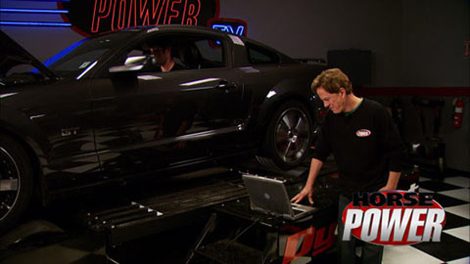HorsePower Builds
Want more content like this?
Join the PowerNation Email NewsletterParts Used In This Episode
Doug's Headers
Shorty ceramic coated headers,long tube headers.
Matco Tools
Harmonic balancer puller set.
Matco Tools
Telescoping magnet.
Moroso
Oil pump and pickup kit, 7 quart oil pan with windage tray and crank scraper.
Painless Performance
Power Braid chassis kit.
Pertronix
Plug 'n Play Flame-Thrower Billet Distributor and canister style coil.
Summit Racing
Electric water pump by Proform.





























